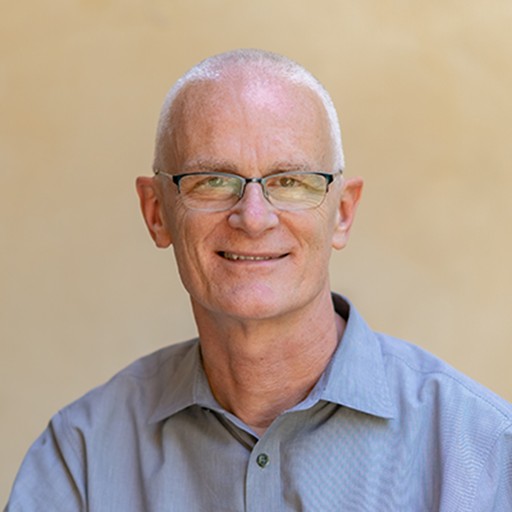CASE STUDY
An R&D transformation to become an industry-leading MedTech organization
TRANSFORMATION | R+D | MEDTECH | GLOBAL
Vision
A vision of velocity and value
A global MedTech R&D leader had a clear ambition to lead the field bringing groundbreaking medical devices to patients faster. Initiating an R&D transformation presented an opportunity to galvanize teams, inspire innovation and ownership, reimagine ways of working, accelerate speed to market, and maximize R&D output and value.
Challenge
External pressures and internal complexities
External challenges affecting product development (PD) innovation and productivity included:
- Increased customer demand for innovative products
- Increased costs bringing differentiated products to market
- A diverging, increasingly complex regulatory environment
- Investor focus on growth and margins
- Finding high-caliber talent combining scientific expertise and strategic acumen.
Internal challenges also contributed to the need for this initiative: increased development cycle time and costs, an ingrained culture with strong but functionally focused teams, budget and resource constraints, stage-gate bottlenecks, and hesitancy in decision making and risk taking.
Solution
People power performance
Following past internal and externally supported transformation efforts, and with dozens of products in the pipeline and thousands of people to mobilize, the R&D leadership team were clear that sustainable change and continuous improvement would only come from teams owning, shaping, and driving the transformation. They felt a strong alignment with our unique approach – the Genioo Way – to build Understanding, Belief, and Ownership (UBO).
Reengineering for step change results
The project began with our proprietary Success Planning to capture and enrich the Head of R&D’s three-year vision. Detailed diagnostics combined existing insights with stakeholder interviews and team surveys to shape a Top Team Alignment (TTA) workshop for 40+ R&D leaders.
Away from daily operations, leaders could connect to the vision and feel energized by our facilitated discussions. Aligned on the baseline, problems, goals, and benefits, they explored the practical realities – obstacles to overcome and strengths in existing resources and capabilities – to co-create a multi-wave transformation roadmap.
Wave one: A 10-week design sprint to analyze pain points and root causes, develop recommendations, evaluate impact, and propose implementation and embed plans across six workstreams. We supported the overall transformation PMO to align stakeholders, track success, and escalate critical issues. And our specialist R&D experts in org design, ways of working, and project management supported workstreams including:
1) Redefining the feasibility stage gate phase: With commercial teams voicing increased customer demands for innovation, PD teams repeatedly reworked Target Product Profiles (TPP) and conducted technical evaluations. Developing a Feasibility TPP took up to 12 months and was considered painful by all cross-functional participants. Termination rates in specific stage gate phases were also higher than MedTech peers.
We brought R&D and commercial teams together to optimize the TPP processes, co-create and codify revised requirements, templates and timeframes and align on a RACI clarifying decision-making rights and escalation mechanisms. The shift from technical evaluation to proof of concept would accelerate feasibility assessment, quickly weeding out nonviable products to allow teams to focus on products with greater potential.
2) Project management excellence: Meticulous project management over many years to shepherd new pipeline products from concept to successful launch is at the core of R&D organizations. During the TTA workshop teams identified several project management pain points; lack of prioritization, governance, and critical capabilities to manage and escalate trade-offs effectively. With our support, the workstream tackled these in a structured way to:
- Define clear criteria to prioritize top projects that would deliver 50%+ of future revenues.
- Set up the Innovation Board – a new governance mechanism to bring all key stakeholders together to make rapid trade-off decisions.
- Define “Project Lead” job descriptions in partnership with HR outlining the role, responsibilities, and critical skills to drive value end-to-end.
An assessment of existing talent based on their technical capabilities, strategic mindset and capabilities to lead and motivate teams enabled the alignment of the right people to the right projects. It also identified additional coaching and recruitment needs for HR to build a clear pathway and pipeline to fulfil needs long term. A revised incentive scheme for high performing individuals and teams, would inspire personal and collective ownership and accountability.
This new organizational structure offered a cross-level and cross-functional platform to challenge project progress, timelines, and costs, and for decision making and risk escalation.
3) Cross-functional ways of working - Vendor qualification: Legal and procurement third party due diligence is critical to quality and compliance. But in R&D, supplier sourcing, contracting, and onboarding processes created significant bottlenecks and delays.
With prototyping an essential part of MedTech development, adopting a One Team approach deepened cross-functional understanding of the scale of the problem. Weighing regulatory, reputational, and revenue risks, helped the workstream define a playbook of legal and procurement processes to balance sourcing agility with the right controls.
Impact
Early potential and proof
Wave one impact centred around moving workstreams from vision to mobilization, design and embed and empowering and energizing teams to own product development innovation and productivity. Early wins included:
- Identifying and prioritizing the top 10+ most critical pipeline products accounting for over 50% of future revenues.
- Set up of an Innovation Board for fast decisions and managed risk.
- Building project management capabilities and appointing project leads to drive top projects.
- Reduced time to agree on a “Feasibility TPP” from 5-11 months to < 3 months in more recent cases.
- A simplified source and contract process for smaller R&D supplies.
With firm foundations to deliver step change improvement in R&D productivity, teams are now better placed to execute R&D projects with a focus on speed and value, to achieve the 2027 vision they set for themselves.






